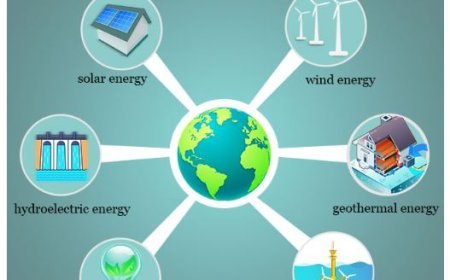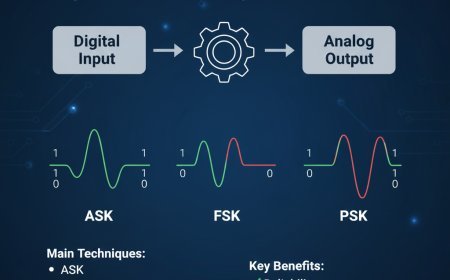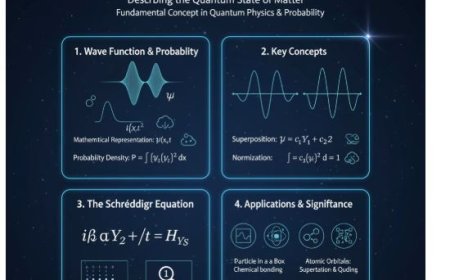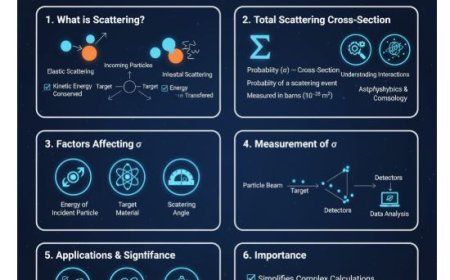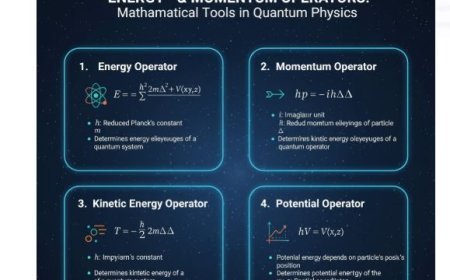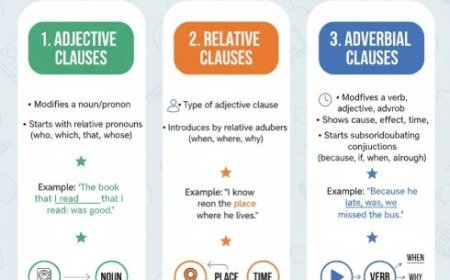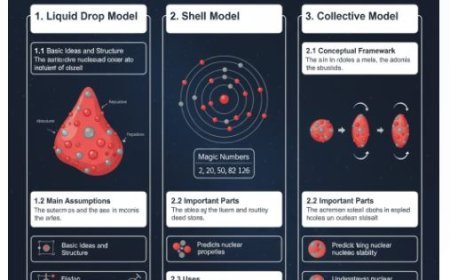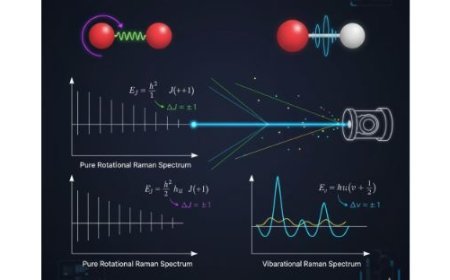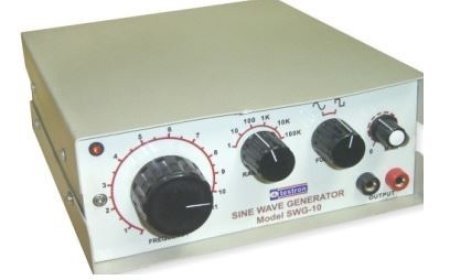Rigid Rotator
The rigid rotator model is a fundamental concept in both classical mechanics and quantum mechanics, describing an object that rotates around a fixed axis without deformation. In quantum physics, this model is especially useful for analyzing diatomic molecules, where atomic distances remain constant during rotation. The quantization of rotational energy explains rotational spectra observed in the microwave region, providing insights into molecular structure and dynamics. Despite its simplicity, the rigid rotator serves as the foundation for more advanced models involving vibrational and rotational coupling in molecular systems.

Rigid Rotator
In rotating dynamics, a rigid rotator is a basic idea used to describe how an object moving around a set axis moves. It refers to a model where the object does not change shape when it rotates, meaning the distances between all of its parts stay the same. This model makes it easier to understand rotational motion, especially at the atomic and molecular levels.
1. Definition of a Rigid Rotator
A rigid rotator is a system in which a body spins around a fixed axis, and the distances between all the particles in the body remain constant during motion. It is an idealized model used to understand rotational motion, without considering the flexibility or stretching of the object.
2. Key Features of a Rigid Rotator
- Fixed Distance Between Parts: The shape of the object does not change during rotation. The particles remain at fixed distances from each other.
- Rotation Around a Fixed Axis: The object rotates around a single, fixed axis. This axis can be inside the object (like the axis of a spinning top) or outside the object.
- No Deformation: Unlike real objects, a rigid rotator does not bend or stretch. This assumption simplifies theoretical models.
3. Mathematical Description of a Rigid Rotator
A rigid rotator is often described as a system of particles moving around a fixed axis.
The total kinetic energy (T) of the system is the sum of the kinetic energy of all rotating particles:
Kinetic Energy Formula:
where:
- T = total kinetic energy
- I = moment of inertia (depends on mass distribution)
- ω (omega) = angular velocity (rate of rotation)
The moment of inertia (I) is a measure of how mass is distributed around the rotation axis. For a single particle of mass (m) rotating at a distance (r) from the axis, it is given by:
Moment of Inertia Formula:
where:
- m = mass of the particle
- r = distance from the rotation axis
4. Rigid Rotator in Quantum Mechanics
In quantum mechanics, the rigid rotator model is useful for studying molecular rotation. Many diatomic molecules (like H₂, O₂, CO) behave like rigid rotators because their atomic distances remain almost fixed during rotation.
Energy Levels in a Quantum Rigid Rotator
In quantum mechanics, rotational energy is quantized, meaning the molecule can only have specific rotational energy values. The energy levels are given by the equation:
Rotational Energy Formula:
where:
- E_J = rotational energy of the molecule
- J = rotational quantum number (J = 0, 1, 2, ...)
- h = Planck's constant
- I = moment of inertia of the molecule
The quantized nature of rotational energy means that molecules absorb or emit radiation in specific amounts, leading to a rotational spectrum usually found in the microwave region.
5. Applications of the Rigid Rotator Model
- Molecular Physics: Used to study molecular rotation and rotational spectra.
- Diatomic Molecules: Helps describe rotational energy levels of simple molecules.
- Classical Mechanics: Useful in understanding macroscopic rotational motion, like spinning tops, wheels, and planets.
6. Limitations of the Rigid Rotator Model
- No Deformation: Real objects stretch or bend when they rotate, which the rigid rotator model does not consider.
- Not Suitable for Complex Systems: The model is too simple for objects with irregular shapes or large deformations during rotation.
What's Your Reaction?









